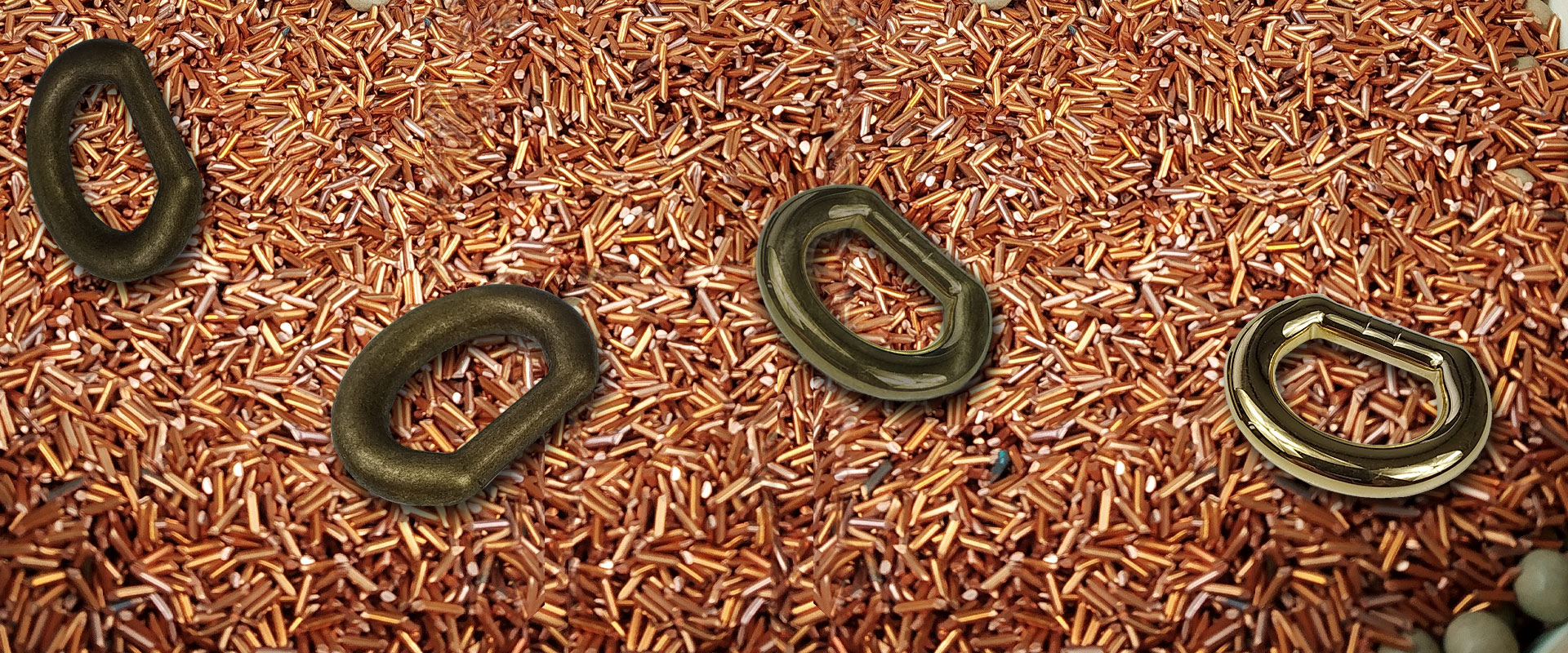
Le choix de l’équipement le mieux adapté à une opération de tribofinition est un point important dans notre gamme de plus de 150 modèles différents (vibrateurs, différentes familles de centrifugeuses, tonneaux rotatifs…).
Le choix des médias est tout aussi important, voir plus ; mais la gamme de plus de 6500 produits peut paraitre difficile à comprendre.
Codification forme
Procédure en vibrateur :
Remplir le vibrateur de médias à 60-70 % du volume de travail.
Ajouter de l’eau pour qu’elle affleure le niveau de médias.
Ajouter une dose réduite d’additif type ABC PULIB 6140 (50 % de la dose habituelle).
Pour accélérer le rodage, vous pouvez ajouter un abrasif de type MP A60 (soit pour un vibrateur de 50 litres, environ 0.5 kg).
Faire fonctionner le vibrateur à vitesse maximum pendant 2 x 12 heures avec un contrôle du niveau d’eau après 12 heures (rajout si niveau d’eau trop faible).
Effectuer ensuite un rinçage abondant pour éliminer l’abrasif en poudre (ABC A60), puis un séchage des médias.
Tamisez afin d’éliminer le reste d’abrasif ainsi que les brisures de médias.
Si le rodage s’avère insuffisant, reproduire une deuxième fois le même cycle.
Procédure en centrifugeuse satellitaire :
Remplir les satellites de médias à 60-70 % du volume de travail.
Ajouter de l’eau pour qu’elle affleure le niveau de médias.
Ajouter une dose réduite d’additif type ABC PULIB 6140 (50 % de la dose habituelle).
Pour accélérer le rodage, vous pouvez ajouter un abrasif de type MP A60 (soit pour un vibrateur de 50 litres, environ 0.5 kg).
Faire fonctionner la centrifugeuse à 60% de sa vitesse maximum pendant 2 x 4 heures avec un contrôle du niveau d’eau après 4 heures (rajout si niveau d’eau trop faible).
Effectuer ensuite un rinçage abondant pour éliminer l’abrasif en poudre (ABC A60), puis un séchage des médias.
Tamisez afin d’éliminer le reste d’abrasif ainsi que les brisures de médias.
Si le rodage s’avère insuffisant, reproduire une deuxième fois le même cycle.
ABC SwissTech est spécialisée dans les domaines de :
Eplatures-grise 17
CH-2300 La Chaux-de-Fonds
Suisse
0041 32 930 2950
tribofinition@abcswisstech.ch

